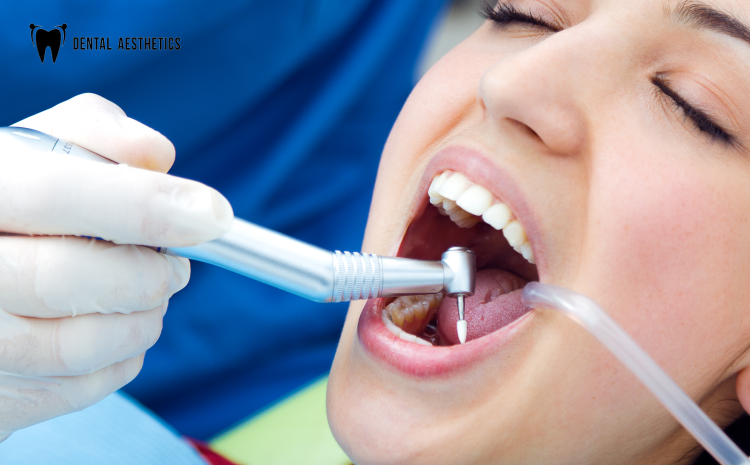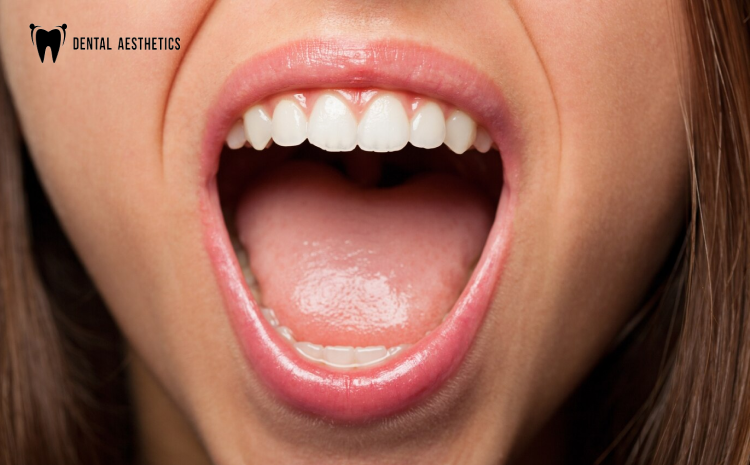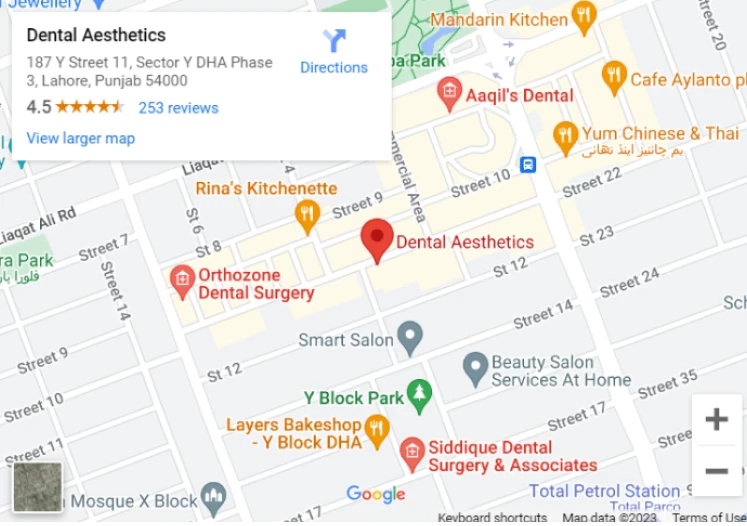What Is the Oral Cavity? Anatomy, Function & Dental Health Guide

June 17, 2025
When it comes to oral health, fresh breath and clean, healthy teeth are the first things that spring to mind. The mouth, also known as the oral cavity in dental terms, is more than just a vessel that assists in speaking and chewing. It's a complex anatomical area that affects many aspects of our health, including our immune system and digestive system, and is essential to our general well-being.
We'll go into the basics of oral cavity function and anatomy in this comprehensive blog, explain the primary function and purpose of the oral cavity, and go over why the oral cavity is so significant. We'll also explore commonly asked topics like saliva enzymes, the two types of oral cavities, and how having a healthy and balanced population of microorganisms contributes to better oral health.
What Is The Oral Cavity?
Your teeth, tongue, cheeks, palate, and mucosal lining are all located in this region, which runs from your lips to your throat. It is the entryway to the digestive and respiratory systems. It extends from the front of your lips to the back of your throat (oropharynx). Inside, you have your teeth, tongue, cheeks, the roof of the mouth (hard and soft palate), and the floor under your tongue.
And it's not just a hollow opening — everything inside the oral cavity functions to operate smoothly, allowing us to speak, breathe, and stay healthy.
Oral Cavity Anatomy and Function
The oral cavity includes key structures like the lips, cheeks, tongue, palate, teeth, and mucosa—each playing a vital role in speaking, eating, and protecting the body. These parts work together to support digestion, sensation, and immune defense.
- Lips and Vermilion Margins: The lips are the gateway to our bodies – the so-called vermilion border, which is red and gives them their natural lip color.
- Cheeks: The mucous membrane-covered sides of your mouth.
- Hard and Soft Palate: The hard palate is the bony roof up on the top of your mouth, and the soft palate is the softer layer in the back that shuts off your nose when you swallow.
- Tongue: A strong, muscular organ in the mouth that is used for tasting, moving food within the mouth, and speaking.
- Teeth: Nature's tool for chewing food.
- Floor of Mouth: Located below your tongue to help important muscles and glands.
- Mucosa of the Oral Cavity: The protective tissue that lines everything in your mouth.
The Muscles Inside Your Mouth
Your mouth involves a lot of muscles that are doing stuff behind the scenes. The muscles in your tongue allow you to eat and speak. Other muscles assist with chewing, moving your lips and cheeks, and swallowing.
What is the Oral Cavity’s Function?
- Swallowing and Chewing: Our teeth are used for chewing and masticating food down into smaller pieces, while our tongue and the muscles in our mouth move the food around and help us swallow it.
- Initial Digestion: Our saliva contains enzymes, including amylase, that begin the process of breaking down starch while we’re still in the act of chewing.
- Speech: Our lips, tongue, and cheeks help formulate coherent sentences.
- Tasting: Taste buds on our tongue recognize and identify flavors that help you savor food and prompt digestion.
- Bodily immunity: The mouth is literally at the frontline, directly at the gates of your body, with an array of bacteria that help battle harmful germs (your mouth's version of the normal flora) holding the front line.
- Healing: The lining, or oral cavity, cells will recede to repair a minor wound.
Why is the Oral Cavity Important?
The oral cavity is essential for digestion, speech, and immune defense. It houses beneficial bacteria, enzymes, and protective tissues that maintain oral and overall health. Disruptions here can lead to infections and systemic health issues.
The Oral Cavity's Ecological Niche: The Normal Microflora
Your mouth harbors an entire microbiome of bacteria that's actually deemed beneficial for you. These bacteria help keep harmful germs from running amok and assist in digestion. But when this balance is disrupted, oral health problems can develop, such as cavities and gum disease, which are ordinary bacterial infections of the oral cavity.
What is an Antibiotic in the Oral Cavity?
An antibioma is a pocket of bacteria, or essentially an abscess that develops in the mouth, usually as the result of an untreated tooth infection. It can hurt and requires treatment to prevent larger problems.
Enzymes in the Oral Cavity
Saliva is not just water — it contains enzymes such as:
- Amylase: Starts to work on digesting starches.
- Lipase: Aids in the digestion of fats.
These are digestive enzymes that help in digestion before foods reach your stomach.
The Cells and the Mucosa of the Oral Cavity
This coating is known as the oral mucosa and consists of a layer of protective epithelial cells that protect the tissues beneath. Some parts have harder keratinized mucosa (such as the gums), while other parts are softer and more pliable. And they constantly renew themselves to keep your mouth healthy.
The Two Types of Oral Cavity
Functionally, two regions are often considered within the oral cavity:
- The Vestibule: That little area between your lips that covers your teeth.
- The Oral Cavity Proper: The inside chamber of your teeth that extends down toward your throat.
This serves to guide dentists to pay attention to other areas during cleanings.

Examining the Oral Cavity for Common Bacterial Infections
Regular inspection of the oral cavity is essential — it can detect infections, early disease processes, or lesions like lumps and sores. Dentists examine your gums, tongue, cheeks, and roof of the mouth to make sure everything is in good working order.
- Cavities: When acid-producing bacteria in your mouth dissolve your teeth.
- Gingivitis: Occurs due to plaque and causes inflammation of the gums.
- Periodontitis: Damages bones and is considered a more regressive form of gum disease.
- Oral Thrush Causes a yeast infection when the bacterial balance is upset.
How to Maintain a Healthy Oral Cavity
Maintaining a healthy oral cavity involves consistent oral hygiene, a balanced diet, and regular dental visits. Avoiding harmful substances like tobacco and alcohol, and treating infections early, plays a key role in preserving both oral and overall health.
- Brush and floss regularly.
- Have a check-up at Dental Aesthetics Lahore.
- Eat healthy meals and drink plenty of water.
- Avoid intoxicants like alcohol.
- Refrain from smoking.
- Treat general and oral infections early.
Final Thoughts
From biting and tasting to combating bacterial infections, our mouths are an active and complex part of our anatomy, and their functions are truly remarkable. It's not just about a pretty smile — taking care of your mouth is essential for your overall health. It is essential to prioritize your health by ensuring your oral cavity functions properly and scheduling regular check-ups with Dental Aesthetics Lahore for a healthier mouth and a brighter future


